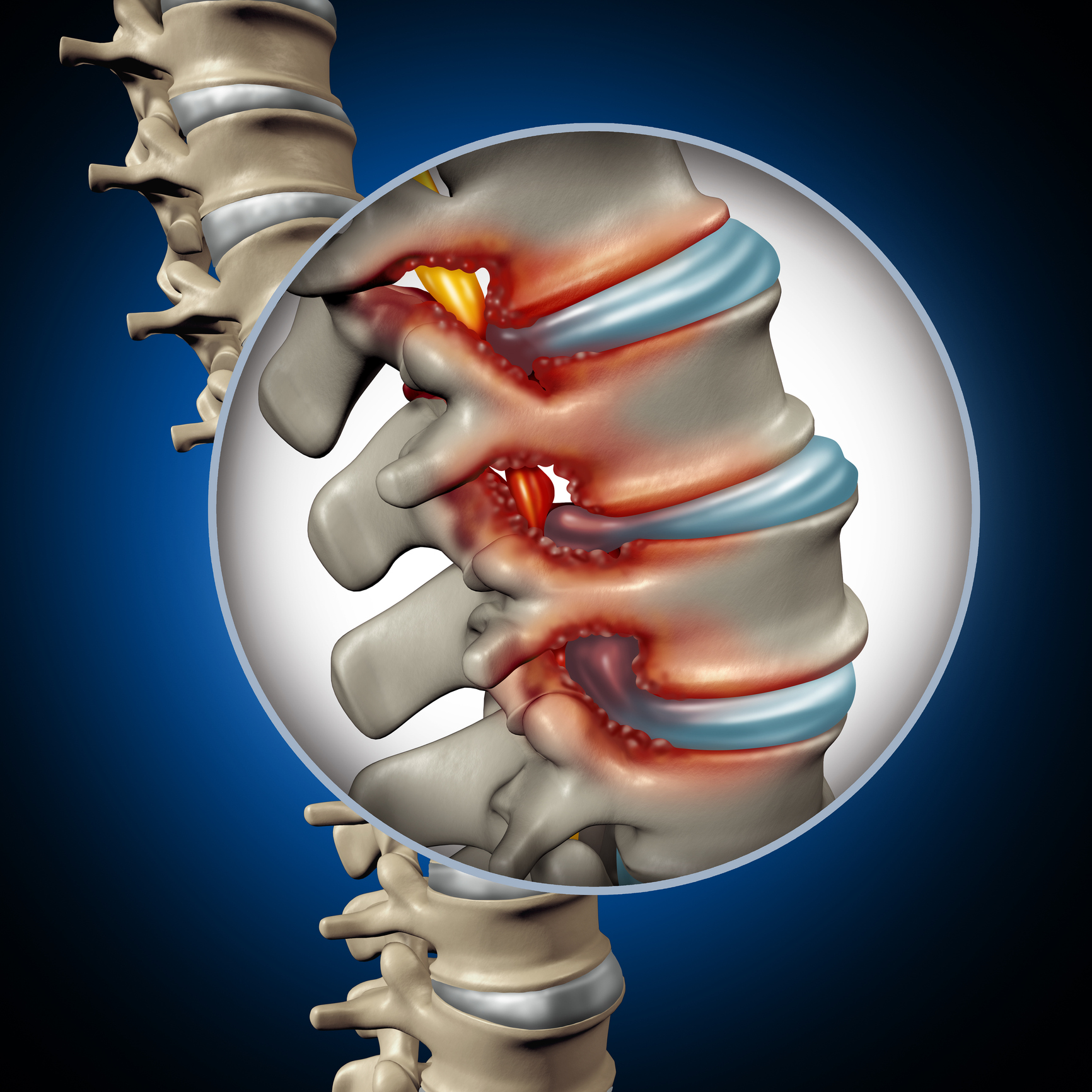
Stenosis
Serving the South Florida area with locations in Hollywood and Miami, FL
Dr. Andreas C. Tomac, MD, PhD, FAANS is a distinguished neurosurgeon specializing in diagnosing and treating Stenosis.
Treating Spinal Stenosis

How is Spinal Stenosis diagnosed?
Diagnosing spinal stenosis involves a thorough evaluation, and a neurosurgeon like Dr. Tomac is well-equipped to lead this diagnostic process. Dr. Tomac typically begins by conducting a detailed medical history, gathering information about the onset and characteristics of symptoms, any relevant injuries or traumas, and the patient’s overall health. A comprehensive physical examination assesses neurological function, pain levels, and signs of nerve compression. Imaging studies, such as Magnetic Resonance Imaging (MRI) or Computed Tomography (CT) scans, are crucial to visualize the spine and identify the presence and extent of stenosis. Dr. Tomac’s expertise in neurosurgery allows for a precise analysis of imaging results, aiding in the accurate diagnosis of spinal stenosis. The collaborative approach between the patient and Dr. Tomac is crucial in determining the severity of the condition and developing an individualized treatment plan tailored to address the specific characteristics of spinal stenosis. Seeking timely medical attention is essential for an accurate diagnosis and appropriate management of this narrowing of the spinal canal.

What treatments are available?
The treatment of spinal stenosis can involve various approaches, and a neurosurgeon like Dr. Tomac can provide expertise in both non-surgical and surgical interventions. Treatment options include:
Conservative Measures:
- Physical Therapy: Targeted exercises to improve flexibility, strengthen supporting muscles, and alleviate symptoms.
- Pain Management: Medications, such as nonsteroidal anti-inflammatory drugs (NSAIDs), and pain relievers to manage pain and inflammation.
- Lifestyle Modifications: Adopting a healthy lifestyle, including maintaining proper posture, staying physically active, and managing weight.
Interventional Procedures:
- Epidural Steroid Injections: Injections of corticosteroids into the epidural space to reduce inflammation and relieve pain.
- Nerve Blocks: Targeted injections to numb specific nerves and alleviate pain.
Surgical Interventions:
- Laminectomy: Surgical removal of part of the vertebra to alleviate pressure on the spinal cord or nerves.
- Spinal Fusion: Surgical procedure to fuse vertebrae together, stabilizing the spine.
- Foraminotomy: Enlargement of the neural foramen to relieve pressure on nerve roots.
Dr. Tomac will assess the specific case, discuss treatment options, and recommend the most appropriate course of action based on the severity of spinal stenosis and the individual’s overall health. Surgical intervention is typically considered for cases where conservative measures do not provide sufficient relief or in the presence of neurological deficits. The decision on the most suitable treatment plan is made collaboratively between the patient and Dr. Tomac, considering the unique circumstances and goals of the individual.
